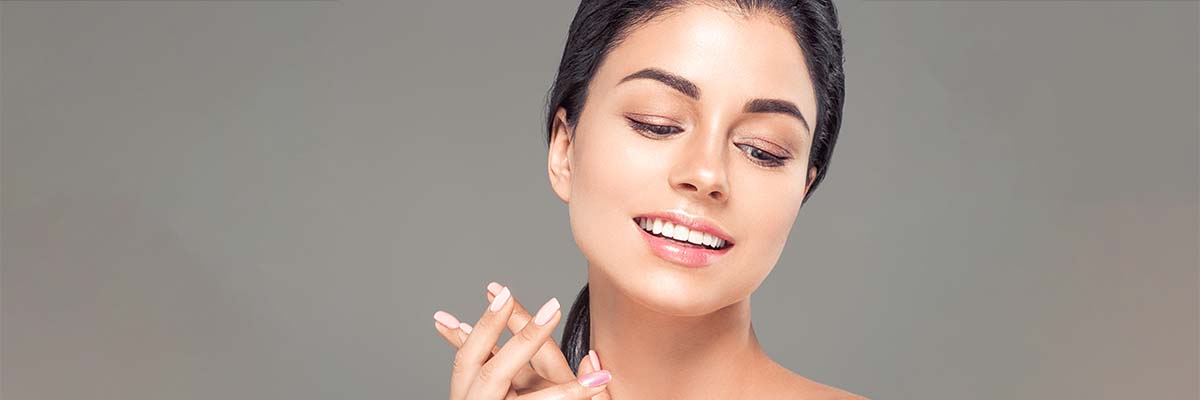Dr. Wolford discusses how double jaw surgery with mandibular setback and counter-clockwise rotation of the maxillomandibular complex produces significant changes in the position of the velopharyngeal structures with an overall greater decrease in the PAS than is seen with isolated mandibular setback surgery.
Velopharyngeal and Posterior Airway Space Changes After Double-Jaw Surgery with Mandibular Setback And Counter-clockwise Rotation
by Michael Downie, DDS, MD, Pushkar Mehra, BDS, DMD, Larry M. Wolford, DMD
Purpose:
To evaluate changes in velopharyngeal anatomy and posterior airway space (PAS) after double-jaw orthognathic surgery with mandibular setback and counter- clockwise rotation.
Patients and Methods:
20 patients (14 males, 6 females) with a mean age of 23.2 years (range 13 to 39 years) underwent double-jaw surgery including maxillary advancement with Le Fort 1 osteotomies, mandibular setback with sagittal split ramus osteotomies, and counter-clockwise rotation of the occlusal plane. Acetate tracings of standardized lateral cephalometric radiographs taken presurgery (T1) and at least 6 months post surgery (T2) were superimposed and evaluated by one examiner.
Reference lines included Frankfort Horizontal (FH) and a posterior reference line perpendicular to FH. All measurements were made parallel or perpendicular to these lines. The PAS was measured as the narrowest dimension from the posterior pharyngeal wall to the: 1) Soft palate (PAS-SP); and to the 2) Base of tongue (PAS-BT). The post surgical dimensional change in the PAS (T2-T1) was then correlated with the amount of mandibular setback as measured at the genial tubercles (GT). Changes in hard and soft palate angulation were measured at T1 and T2 intervals. All measurements were made parallel or perpendicular to Frankfurt Horizontal, depending on the direction of movement (vertical or horizontal).
Results:
The average patient follow-up was 22.15 months (range 6 to 94 months). The mean advancement of the maxilla at Point A was 2.5 mm (SD 0.54). The mean mandibular setback measured at GT was 4.95 mm (SD 1.56) and the mean change in occlusal plane was – 3.65 degrees (SD 2.94). Post surgery, the mean change in soft palate angulation was 1.37 degrees (SD 2.47), and change in hard palate angulation was -1.10 degrees (SD 1.05). Mean absolute backward movement of the tongue from the fixed posterior vertical reference line was 2.40 mm (SD 3.68).
The mean change in PAS post surgically was – 2.12 mm (SD 1.66) at the soft palate, and – 3.27 mm (SD 3.01) at the base of the tongue. The mean percentage change in PAS expressed as a function of the amount of mandibular setback was as follows: 47 % (SD 0.35) for PAS-SP and 65 % (SD 0.53) for PAS-BT. No significant trends were observed in the positions of the posterior pharyngeal wall or hyoid bone.
Conclusions:
Double jaw surgery with mandibular setback and counter-clockwise rotation of the maxillomandibular complex produces significant changes in the position of the velopharyngeal structures with an overall greater decrease in the PAS than is seen with isolated mandibular setback surgery.2 Routine presurgical cephalometric treatment planning should include PAS evaluation, particularly in patients predisposed to development of obstructive sleep apnea symptoms.
References:
- Pracharktam N, Nelson S, Hans MG, et al: Cephalometric assessment in obstructive sleep apnea patients. Am J Orthod Dentofac Orthoped 109: 410, 1996
- Tselnik M, Pogrel MA: Assessment of the pharyngeal airway space after mandibular setback surgery. J Oral Maxillofac Surg 58: 282, 2000

